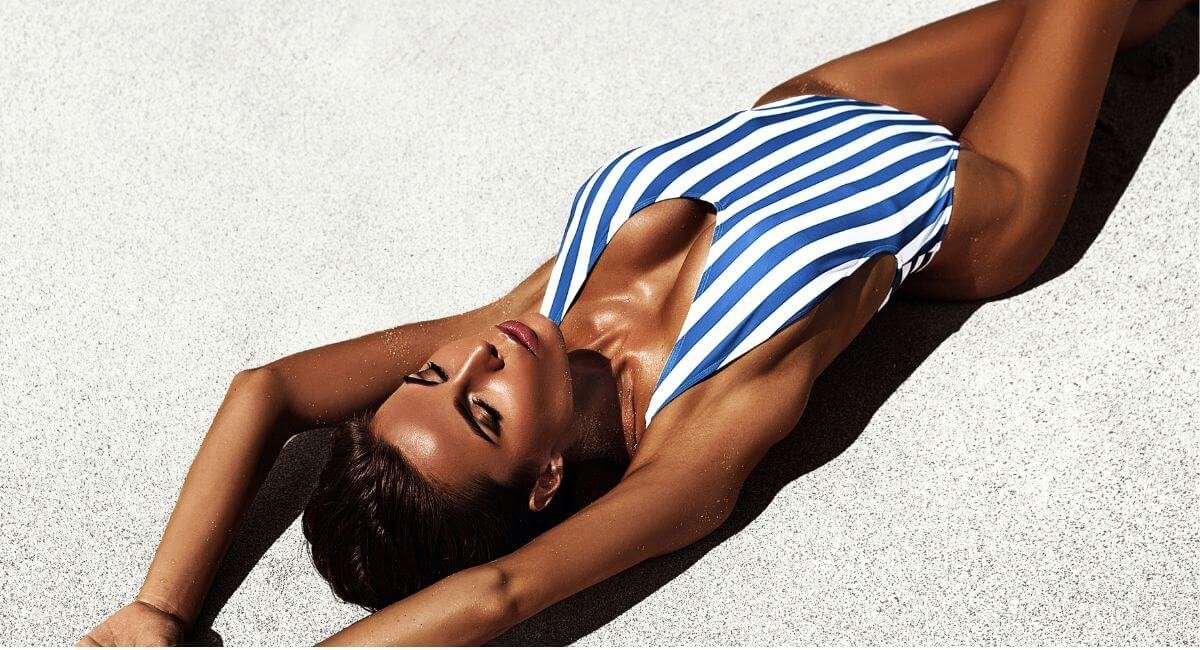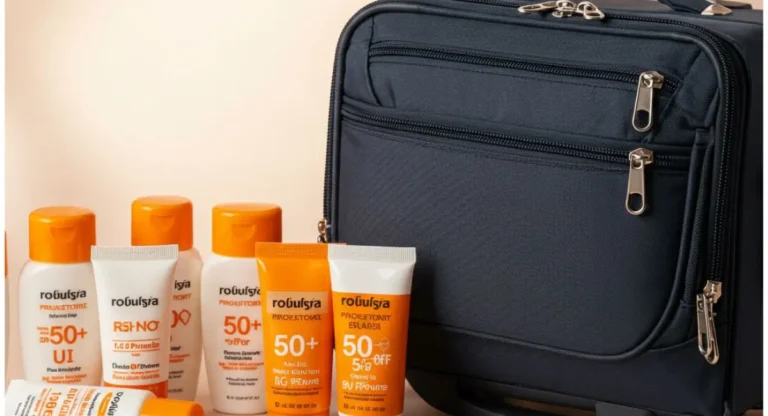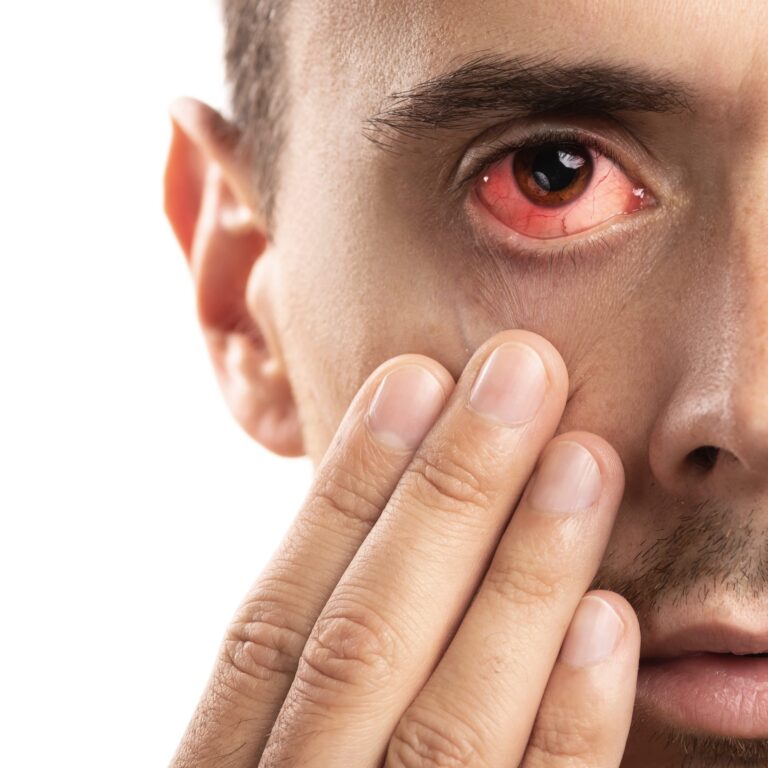Can sunscreen prevent tanning: Can You Have One Without the Other?
Table of Contents
Many sun-seekers find themselves caught in a paradox: they want that coveted summer glow but also need to protect their skin from harmful UV radiation. This raises the quintessential question that floods search engines as temperatures rise: can sunscreen prevent tanning altogether, or is there a way to achieve both protection and color?
The short answer is that while sunscreen significantly reduces tanning, it doesn’t completely prevent it – especially if you’re spending extended time outdoors. However, understanding the science behind tanning, sun protection, and the various factors involved can help you make informed decisions about your sun exposure routine.
In this comprehensive guide, we’ll explore the relationship between sunscreen and tanning, debunk common myths, and provide evidence-based strategies to help you maintain healthy skin while still achieving your desired level of bronze (if that’s what you’re after).
Understanding How Tanning Works
Before diving into whether sunscreen can prevent tanning, it’s essential to understand what happens to your skin when it tans.
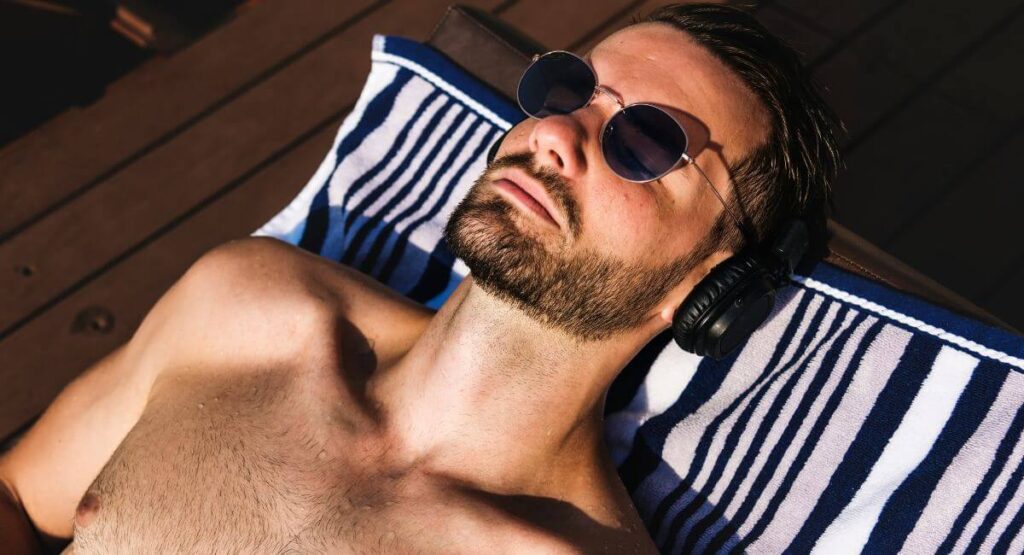
The Biology of Tanning
Tanning is your body’s natural defense mechanism against UV radiation damage. When your skin is exposed to UV rays (primarily UVA), it triggers specialized cells called melanocytes to produce melanin – the pigment responsible for darkening your skin. This melanin production is essentially your body trying to protect your DNA from further damage.
There are two types of UV rays that affect your skin:
- UVA rays (long-wave ultraviolet A) penetrate deep into the dermis and are primarily responsible for tanning and premature aging.
- UVB rays (short-wave ultraviolet B) affect the outer layer of skin and are the main cause of sunburn and skin cancer.
Your skin’s response to these rays depends on several factors, including:
- Your natural skin tone and type
- The intensity of sun exposure
- Duration of exposure
- Time of day
- Geographic location
- Altitude
- Weather conditions
The Sunscreen Factor
So, can sunscreen prevent tanning completely? Sunscreens work by either absorbing, reflecting, or scattering UV radiation before it can penetrate your skin. There are two main types:
- Chemical sunscreens absorb UV radiation and convert it into heat before it can damage your skin cells.
- Physical (mineral) sunscreens create a barrier that reflects and scatters UV rays away from the skin.
The SPF (Sun Protection Factor) rating on sunscreen indicates how much longer you can stay in the sun without burning compared to unprotected skin. However, this primarily applies to UVB protection. For comprehensive protection, you need a broad-spectrum sunscreen that guards against both UVA and UVB rays.
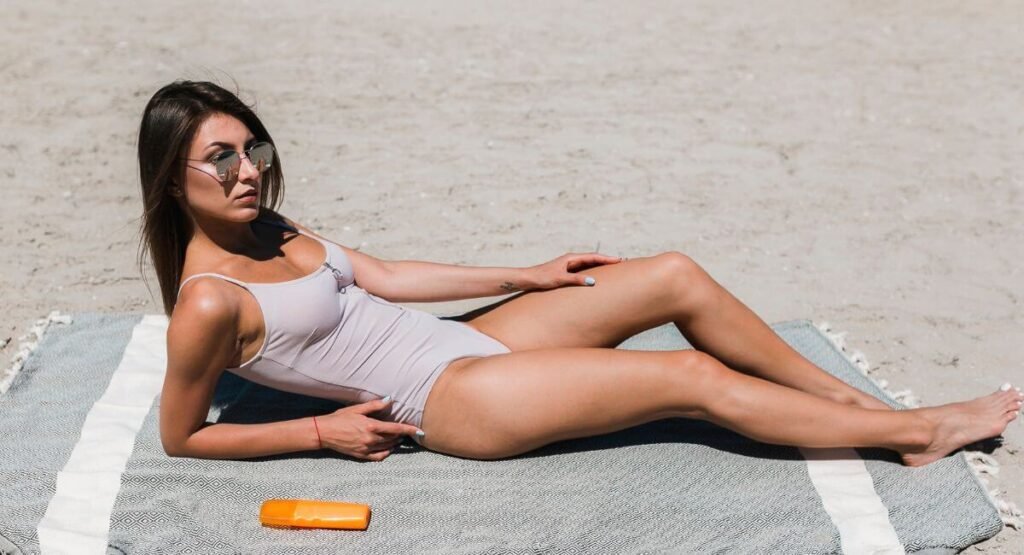
Does Sunscreen Completely Prevent Tanning?
When people ask if sunscreen can prevent tanning, they’re often hoping for a clear yes or no answer. The reality is more nuanced:
The Science Says: Partial Prevention
Research published in the Journal of Investigative Dermatology shows that even with correct application of SPF 50+ sunscreen, some UV radiation still reaches your skin – approximately 2% of UVB rays and a higher percentage of UVA rays, which are primarily responsible for tanning.
A 2020 study in the British Journal of Dermatology found that sunscreen with high UVA protection can reduce tanning by up to 85%, but not eliminate it completely. This means that with extended sun exposure, you can still develop a tan while wearing sunscreen, albeit much more slowly and to a lesser degree than without protection.
Why Some People Still Tan With Sunscreen
Several factors contribute to why you might still tan despite diligent sunscreen use:
- Inadequate application: The average person applies only 25-50% of the recommended amount of sunscreen (approximately 1 oz or a shot glass full for full-body coverage).
- Infrequent reapplication: Sunscreen effectiveness diminishes over time and with activities like swimming or sweating. Most sunscreens need reapplication every 2 hours.
- Uneven coverage: It’s easy to miss spots, especially in hard-to-reach areas.
- SPF limitations: Even high SPF sunscreens let some UV radiation through.
- UVA vs. UVB protection: Some sunscreens have better UVB protection than UVA protection, allowing the tanning rays to penetrate.
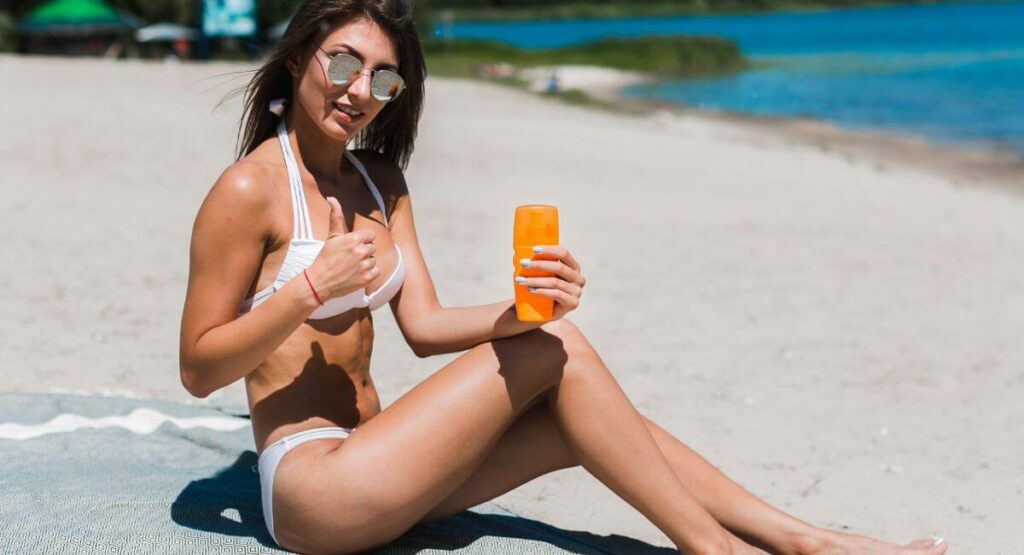
Can You Tan Safely While Using Sunscreen?
For those wondering if can sunscreen prevent tanning but still want some color, here’s what dermatologists generally recommend:
Safer Tanning Approaches
- Gradual exposure: Start with short periods in the sun (15-20 minutes) while wearing broad-spectrum SPF 30+ sunscreen, gradually increasing time as your melanin production increases.
- Strategic timing: The sun’s rays are strongest between 10 AM and 4 PM. If you want some color with less damage, early morning or late afternoon exposure might be preferable.
- Rotation: Don’t lie still in one position; move around to avoid overexposing any one area.
- Hydration: Keep your skin hydrated before, during, and after sun exposure.
According to the American Academy of Dermatology, there is no such thing as a completely “safe tan” from UV exposure, as any color change indicates some level of DNA damage. However, these approaches minimize risk while allowing some melanin production.
Alternative Tanning Methods That Don’t Compromise Protection
If you’re concerned about whether can sunscreen prevent tanning but still want color, consider these alternatives:
Self-Tanners & Bronzers
Modern self-tanning products use DHA (dihydroxyacetone), which reacts with amino acids in your skin’s surface to create a temporary color change without UV exposure. Benefits include:
- No UV damage to skin
- Instant or gradual results (depending on product)
- Available in various formulations for different skin types
- Many contain skincare ingredients for added benefits
A 2022 consumer survey found that 67% of respondents preferred self-tanners to natural tanning due to safety concerns.
Tanning Supplements
Oral supplements containing carotenoids like beta-carotene can give skin a subtle golden hue over time. Research in the International Journal of Molecular Sciences suggests these may also provide some photo-protective benefits, though they are not a replacement for sunscreen.
Finding Balance: Protection and Color
For those who still want to know if sunscreen can prevent tanning while achieving some color, here’s a balanced approach:
The Dermatologist-Approved Compromise
- Choose the right sunscreen: Look for broad-spectrum protection with at least SPF 30, but consider products specifically formulated to allow some tanning while filtering harmful rays.
- Apply correctly: Use the recommended amount (approximately 1 teaspoon for the face, 1 ounce for the body) and reapply every two hours or after swimming/sweating.
- Limit direct exposure: Start with 15-20 minutes of sun exposure before seeking shade, gradually increasing as your skin adapts.
- Supplement with self-tanners: Get a base with self-tanner, then allow minimal sun exposure for a natural boost.
- Prioritize after-sun care: Use products containing aloe vera, vitamin E, and other antioxidants to support skin repair.
Dr. Leslie Baumann, certified dermatologist and author of “The Skin Type Solution,” explains: “If patients insist on getting a tan, I recommend they start with a self-tanner to get the color they want, then use a high-SPF sunscreen and limit sun exposure to very short periods. This approach minimizes damage while satisfying the desire for color.”
Common Misconceptions About Sunscreen and Tanning
When discussing whether sunscreen can prevent tanning, several myths need addressing:
Myth 1: Higher SPF Completely Blocks Tanning
As mentioned earlier, even SPF 100 allows some UV radiation through. SPF 30 blocks approximately 97% of UVB rays, SPF 50 blocks about 98%, and SPF 100 blocks about 99%. The incremental difference is small, and none provide complete blockage.
Myth 2: Base Tans Protect You
Many believe getting a “base tan” before vacation provides significant protection. In reality, a base tan provides the equivalent of only SPF 3-4 – inadequate protection against intense sun exposure.
Myth 3: You Don’t Need Sunscreen on Cloudy Days
Up to 80% of UV rays penetrate clouds. If you’re wondering if sunscreen can prevent tanning on overcast days, the answer is that without sunscreen, you can still tan (and burn) when it’s cloudy.
Myth 4: Waterproof Sunscreen Doesn’t Need Reapplication
No sunscreen is truly waterproof. The FDA now only allows terms like “water-resistant (40 minutes)” or “water-resistant (80 minutes)” to indicate how long protection lasts while swimming or sweating.
The Importance of Sun Protection Beyond Preventing Tanning
When focusing on whether sunscreen can prevent tanning, it’s easy to lose sight of sunscreen’s primary purpose: protecting your skin from damage.
Long-term Benefits of Sun Protection
- Reduced skin cancer risk: According to the Skin Cancer Foundation, regular sunscreen use can reduce the risk of squamous cell carcinoma by about 40% and melanoma by 50%.
- Prevention of premature aging: Up to 90% of visible skin aging is caused by sun exposure. A landmark study in the Annals of Internal Medicine found that regular sunscreen use slowed skin aging by 24% over a four-year period.
- Reduced hyperpigmentation: Consistent sun protection helps prevent and fade dark spots and melasma.
- Maintained skin barrier function: Excessive UV exposure can compromise your skin’s protective barrier, leading to increased sensitivity and dryness.
Choosing the Right Sunscreen for Your Needs
If you’re trying to determine if sunscreen can prevent tanning based on your specific needs, consider these factors when selecting a product:
For Those Who Want Some Color
- Look for products labeled “tanning sunscreen” that typically have lower UVA protection while maintaining good UVB protection.
- Consider sunscreens with bronzers or gradual tanning ingredients.
- Choose water-resistant formulas for active outdoor activities.
For Those Prioritizing Complete Protection
- Choose broad-spectrum SPF 50+ with high UVA protection (look for PA++++ rating where available).
- Consider physical/mineral sunscreens containing zinc oxide and titanium dioxide for comprehensive protection.
- Select formulations suited to your skin type (gel for oily skin, cream for dry skin).
Conclusion: Finding Your Sunscreen-Tanning Balance
So, can sunscreen prevent tanning completely? The evidence shows that while properly applied broad-spectrum sunscreen significantly reduces tanning, it doesn’t eliminate it entirely – especially with extended sun exposure.
The key takeaway is that protection and color aren’t necessarily mutually exclusive, but they do exist on a spectrum. The more protection you use, the less tan you’ll develop (and the healthier your skin will be long-term).
For those seeking both protection and color, the safest approach combines:
- Diligent sunscreen use with appropriate SPF for your skin type
- Sensible, limited sun exposure
- Supplementation with safer alternatives like self-tanners
Remember that any change in skin color from UV exposure indicates some level of damage has occurred. The healthiest skin is protected skin, and there are now more options than ever to achieve a sun-kissed look without compromising your skin’s long-term health.
Whether you choose to embrace your natural skin tone or seek some color, make sun protection a non-negotiable part of your daily routine. Your future self will thank you for it.
Disclaimer: This article contains general information about sunscreen and tanning. It is not intended to replace professional medical advice. Always consult with a dermatologist for personalized recommendations for your specific skin type and concerns.

